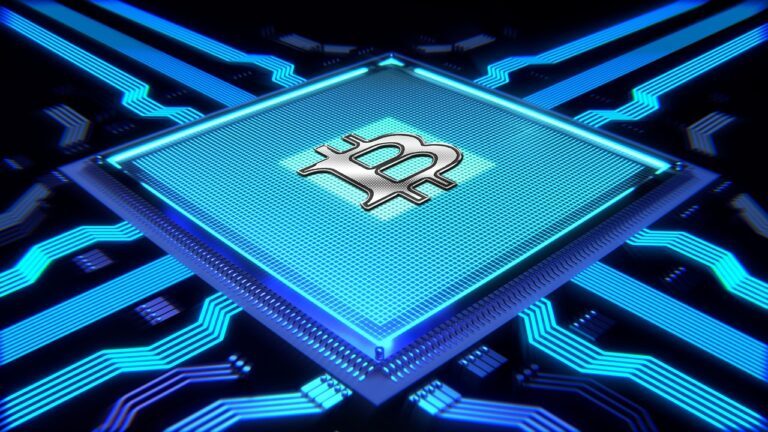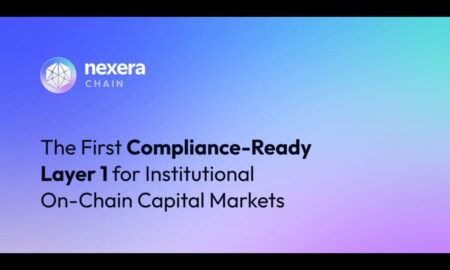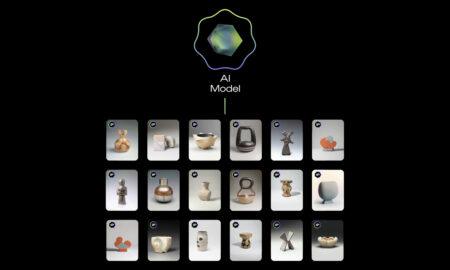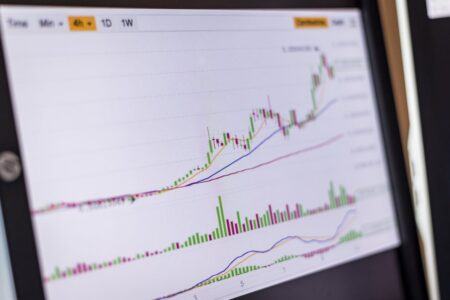On August 19, Matthew Sigel, Head of Digital Assets Research at VanEck, appeared on CNBC’s “Fast Money” to discuss the intersection of artificial intelligence (AI) and Bitcoin mining, as well as the broader dynamics of the cryptocurrency market.
Bitcoin Miners vs. Bitcoin Performance
Sigel began by highlighting a significant divergence between the performance of Bitcoin and Bitcoin miners in 2024. He pointed out that while Bitcoin had risen by about 35% year-to-date, Bitcoin mining companies like Marathon Digital and Riot Platforms were essentially flat. Traditionally, Bitcoin miners are considered high-beta plays, meaning they should exhibit greater volatility and higher returns compared to the underlying asset. However, this has not been the case in 2024, leading to questions about the factors driving this underperformance.
AI’s Impact on Bitcoin Mining
Sigel introduced the idea that artificial intelligence could be a game-changer for Bitcoin miners. He pointed out that several large Bitcoin miners had secured billion-dollar revenue deals by repurposing their energy to power AI operations. GPUs (Graphics Processing Units), which are crucial for AI, require significantly more power than CPUs (Central Processing Units). Bitcoin miners, who already have grid connections and energy infrastructure, can repurpose their facilities to support AI workloads with relatively minimal capital expenditure. This repurposing could happen in less than a year, providing a significant time advantage over new projects that typically take around four years to connect to the grid.
Financial Implications
Sigel explained that many Bitcoin miners are currently burdened with bad balance sheets, often laden with debt or reliant on equity issuance. However, by leveraging AI, these companies can lower their cost of capital and secure more sustainable financing. According to VanEck’s analysis, if Bitcoin miners were to repurpose just 20% of their electrical capacity for AI, their stock prices could potentially double, even without any changes in Bitcoin mining profits.
Bitcoin vs. Gold and Market Dynamics
Sigel was also asked to comment on the recent performance of Bitcoin compared to gold. While gold has been making new highs, Bitcoin has struggled, showing a series of lower highs and lower lows. Sigel attributed this to several factors:
- Correlation with NASDAQ: Bitcoin’s correlation with the NASDAQ had reached a two-year high, suggesting that broader market conditions were influencing Bitcoin’s price.
- Forced Selling: Several large holders, including the German and U.S. governments, had been selling off significant amounts of Bitcoin. Additionally, creditors from bankruptcies like Mt. Gox and Genesis had recently been paid out, leading to more selling pressure.
- Seasonal Patterns: Historically, Bitcoin tends to struggle in the months following a halving event, which occurred in April 2024. However, as the market adjusts to the realities of fiscal policies leading up to the U.S. presidential election, Sigel expects Bitcoin to recover and perform strongly.
Connecting AI to Bitcoin Mining
Sigel further elaborated on the link between AI and Bitcoin miners, drawing comparisons with data center companies. Data centers, which are integral to AI operations, trade at significantly higher valuations compared to Bitcoin miners. Sigel pointed out an enormous arbitrage opportunity: data centers trade at over $30 million per megawatt of electrical capacity, whereas Bitcoin miners trade at just $3 million per megawatt. He said that while transitioning from Bitcoin mining to AI operations is not straightforward, those miners who can successfully pivot stand to benefit enormously.
Sigel highlighted that companies such as Core Scientific, TeraWulf, and Iris Energy had already outperformed due to their aggressive moves into AI. He also mentioned BTBT’s recent $700 million AI deal, emphasizing that as more Bitcoin miners announce similar deals, their stocks are likely to outperform.
Featured Image via Pixabay









